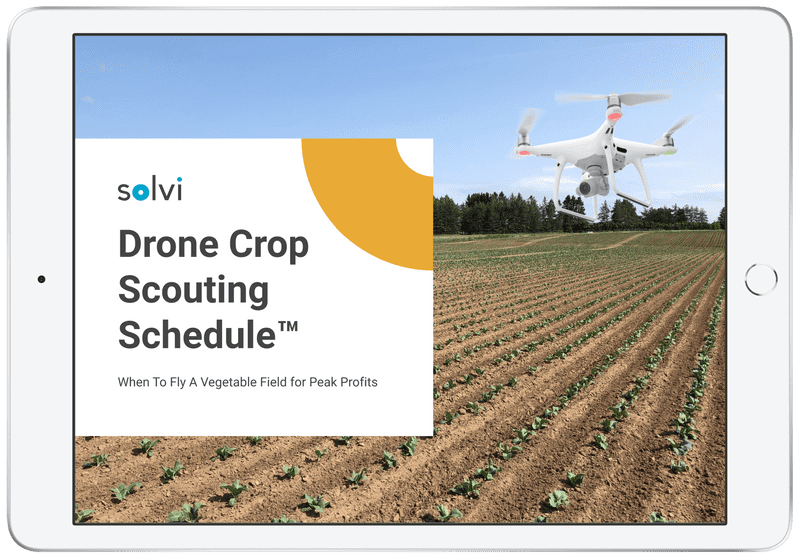
Better nitrogen application in winter wheat with drones
April 26, 2019
There’s no doubt that spring is one of the busiest times of the year for farmers and agronomists. Activities carried out during spring make foundation for the whole season and have crucial impact on quality and quantity of yields. Nitrogen application is one of the key actions that growers take to ensure stable crop development.
When winter crops enter the stroke phase, the absorption of nitrogen(N) increases sharply - from almost no N at all to absorbing 5–6 kg per day. This means that the plants need access to easily accessible N during this period. Cereals take up most of the N as nitrate, but since the fertilisers also contain ammonium N that will be converted to nitrate in the soil, spreading must take place before the high absorption begins.
Historically, same amount of N used to be applied across different farms, fields and often even over the years. However, with latest development of technologies, we learn more how to assess needs of the crops and we can now take into account variations between years, farms, fields and even within the same field. Among the latest technologies in agriculture that have seen rapid development and adoption among farmers are UAVs, or simply — drones, equipped with a camera. In recent years, the market has exploded and this technology has been developed into easy-to-use and affordable tool that can be used by anyone. Coupled with software that helps easily interpret collected imagery it became an invaluable tool that helps get a complete picture of in-field variations.

Download The Drone Crop Scouting Schedule™ for FREE
Learn when to fly a field for actionable decisions and peak profits
Get your free pdfWinter Wheat Case
On the 24 ha field on the Swedish farm in Höglunda grows winter wheat. The dry fall meant that the establishment became uneven. Most of the parts of the field have clayey soil and where the seed germinated late the canopy is quite thin. The decision was made that the field would get N relatively early to promote tillering. However, the field has variation in soil texture and besides the slope towards the north-west channel, there is a part in the middle of the field with significantly stronger wheat stocks. This area is just over 3 ha with lighter soil texture where the seed caves earlier and to a greater extent. To map this field before fertilisation, Tobias Hallström, independent agronomist, used a drone to collect imagery. The flight was planned and executed in an automated way and took about 15 minutes. The images were then uploaded to Solvi, which processed them and within about 20 minutes produced detailed map over the whole field that clearly showed variations based on NDVI vegetation index.

As soon as the field was mapped, the decision was made that the N would be spread using a variable rate application file. Most of the field, the yellow area, would get 70 kg N. To reduce the risk of lodging, it was decided to add 50 kg N to the parts of the field with denser canopy. In order to improve areas that are currently weaker, but probably have the greatest harvest potential, areas in orange on the map would receive 80 kg N. This would mean that the average for the field was about 70 kg N. These levels were converted to the amount of fertilizer, in this case, NS 27–4, and typed in into Solvi. The shapefile was then exported to a USB memory card and loaded into the tractor GPS receiver. In addition, a detailed PDF report containing prescription and NDVI maps were generated and Tobias could hand it over to the farmer.
Without access to drone technology, the same amount of 80 kg N would be spread over the whole field instead of average of 70 kg N
The goal of the prescription file for this field was to try to level the crop and take advantage of the potential in low-density areas, while reducing the risk of lodging in the powerful areas. Without access to drone technology, the same amount of 80 kg N would be spread over the whole field instead of average of 70 kg N. In addition to the fact that the crops in the different areas now have better conditions, about €200 worth of N was saved at this specific fertiliser application.
This blog post was written in collaboration with independent agronomist Tobias Hallström, who helps swedish farmers conduct more effective and sustainable agriculture using latest technologies.
